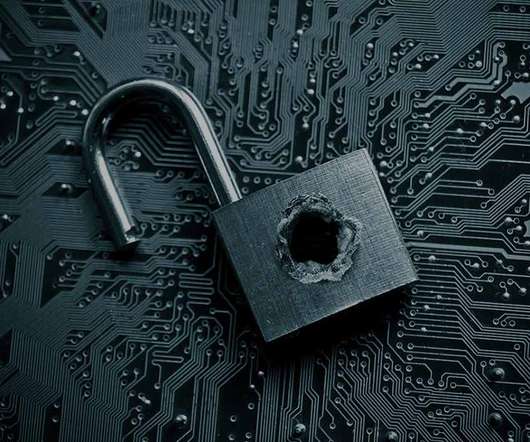World Backup Day: Tips for Keeping Your Information Safe Online
Biznology
MARCH 29, 2019
If you’re interested in keeping your information protected online, follow these precautions to up your security: Install firewall, anti-spyware and antivirus software: To make it more difficult for thieves to access any of your devices, install both firewall and antivirus solutions.















Let's personalize your content